Leysera tenella
Leysera tenella DC.
Family: Asteraceae
Common names: common wireweed, little tortoise-tea, slender leysera, slender-leaved leysera, small-flowered leysera (Eng.); kleinskilpadteebossie, teebossie, vaalteebossie, vaaltee, skilpadteebossie, vaalteebos (Afr.)
Introduction
A stunning and adaptable short-lived plant with attractive yellow flowers in spring, distributed throughout the arid and semi-arid habitats of South Africa, and in Namibia and Botswana.
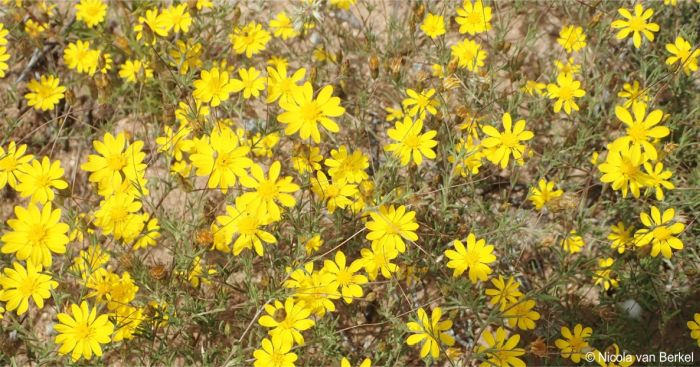
Description
Description
Leysera tenella is a small, spreading annual or short-lived perennial herb. It is a fast-growing plant that can grow to a height of 200 mm on average. Plants normally branch from the base, with brown, semi-herbaceous stems. They may be densely hairy or almost hairless and have stalked glands on the stems and leaves. Juvenile shoots are green and soft, turning brownish and slightly harder as they get older. The leaves are linear, short and crowded in early growth but can be as long as 3 mm at the adult stage. New growth is usually covered with leaves, the young leaves often appearing to be silver-grey to grey-green and are covered with white hairs. Older leaves tend to bend downwards, looking greyish on the top and white underneath.
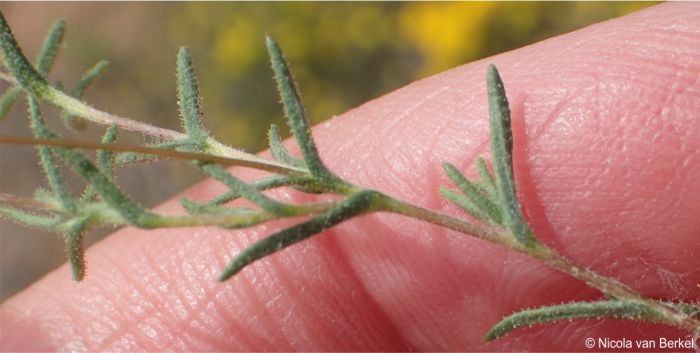
Flowerheads are daisy-like, small and bright yellow with about 15 ray-petals at most, grouped in single heads on long, slender flower stalks. The little tortoise-tea blooms primarily in spring to early summer, between August and November, but individual plants are observed blooming at any time of year. The achenes (fruits) are dry, brownish, small with feathery, white, brush-like ends, which support dispersal of seeds by the wind.
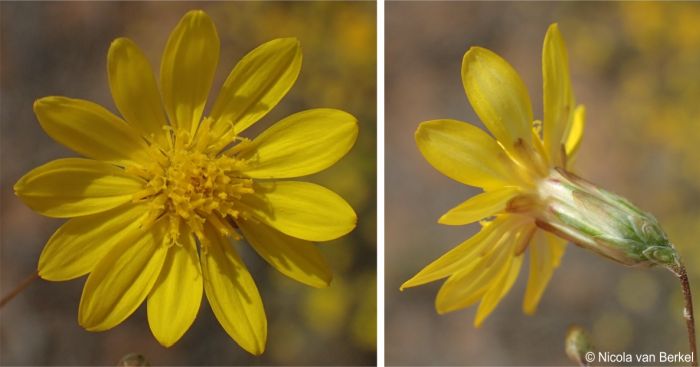
Conservation Status
Status
The species Leysera tenella is widely distributed and not at risk of extinction. It is assessed as Least Concern (LC) by the SANBI Red List of South African Plants.
Distribution and habitat
Distribution description
Leysera tenella is endemic to southern Africa. It is distributed over South Africa’s dry regions in the western and central interior, extending northwards to Namibia and Botswana. In South Africa it is distributed in the Eastern Cape, Free State, Northern Cape and Western Cape provinces. It is a versatile and adaptable plant which can be found in a wide range of biomes, including the Nama Karoo, Succulent Karoo, Fynbos and Savanna. Its habitat includes sandy and stony flats and slopes. This species does well in Renosterveld vegetation, where it grows in between other plants on soils with good organic matter but is also found thriving in sandy soils and on disturbed lowlands as well.
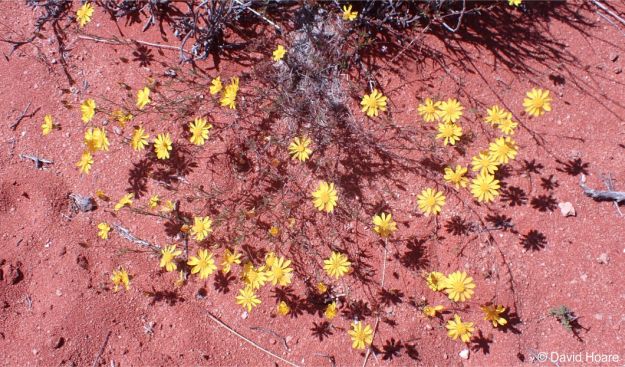
Derivation of name and historical aspects
History
The genus Leysera was named by Linnaeus in honour of the German botanist Friedrich Wilhelm von Leysser (1731–1815), who published the Flora Halensis in 1761. Linnaeus published this genus in 1763 in the second edition of Species plantarum and in the sixth volume of Amoenitates academicae. The specific epithet tenella, meaning ‘delicate’ or ‘somewhat tender’ is derived from the Latin tenue meaning ‘slender, thin, narrow, tender, soft’.
There are 3 accepted species in the genus Leysera, 2 of which are native to southern Africa, namely L. gnaphalodes (L.) L. and L. tenella DC. The species L. tenella is morphologically similar to L. gnaphalodes and may be confused at some times, but L. tenella is a much smaller plant than its relative species and with smaller flowerheads. The other accepted species is L. leyseroides (Desf.) Maire which occurs in southern Spain, North Africa, Arabia and the Middle East.
Leysera is a member of the daisy family (Asteraceae) and is closely related to the genus Helichrysum. The daisy family is one of the largest angiosperm groups, with about 1 620 genera and 23 600 species of herbaceous plants, shrubs, and trees found all over the world. This family exhibits an amazing variety of growth forms, flowers and flower colours. The plant species that are found in the daisy family are distinguished by having composite flower heads and one-seeded achene fruits.
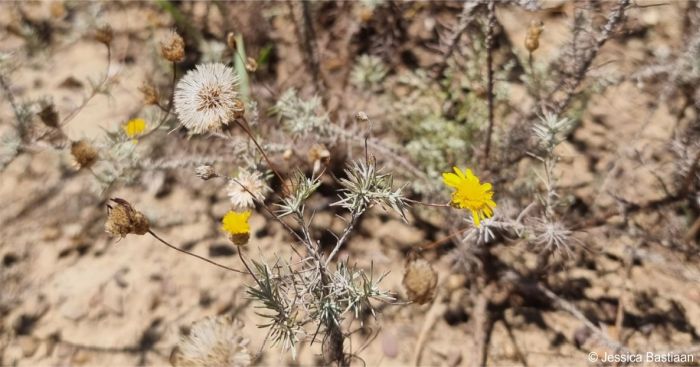
Ecology
Ecology
Leysera tenella is pollinated by insects, including bees, flies and butterflies Bees are the most common and important pollinators of L. tenella. They visit the yellow ray- and disk-flowers to collect nectar and pollen. Some species of bees observed on L. tenella are Apis mellifera (honey bee), Megachile sp. (leaf bee), Anthophora sp. (digging bee) and Halictus sp. (sweat bee). Flies are another group of insects that pollinate L. tenella. The smell and colour of the flowers attract them and they eat the nectar. Some of the fly species observed on L. tenella are Musca domestica (housefly), Sarcophaga sp. (flesh fly), Eristalis sp. (hover fly) and Bombylius sp. (bee fly). Butterflies are less successive yet huge pollinators of L. tenella. They utilize their long proboscis to take nectar from the blossoms and move dust on their legs and wings. Some of the butterfly species that have been seen on L. tenella are Papilio demodocus (citrus swallowtail), Colotis evagore (bushveld purple tip), Junonia hierta (yellow pansy) and Zizeeria knysna (African grass blue).
The little tortoise-tea is known for its ability to adapt easily and, as is also true of its relative Leysera gnaphalodes, it can be an indicator of a disturbed land. This species has been observed thriving on disturbed lands and was one of the species that spread fastest when reintroduced on disturbed soil during the active restoration work at the Tygerberg Nature Reserve. The wind-dispersed seeds also make it easier for little tortoise-tea to create new populations in different areas, as its seeds are easily dispersed and can be carried far from the parent plant.
Uses
Use
Leysera tenella is used as an ornamental plant in gardens and as a groundcover in dry areas. It can also be used as a pretty plant to attract butterflies and other pollinators.
The species Leysera tenella and its close relative L. gnaphalodes contain a unique chemical compound known as leysseral-angelicate. With their common names indicating that these two species are used to make teas, they are known to be used as a tea in some regions of the Western Cape and Northern Cape. The leaves and flowers of L. gnaphalodes, which are very similar to those of L. tenella, are used to make a pleasant infusion with a blend of aromatic flavours and a sweetish taste. This tea is also used to treat coughs, and chest ailments like bronchitis and tuberculosis, and to stimulate the appetite.
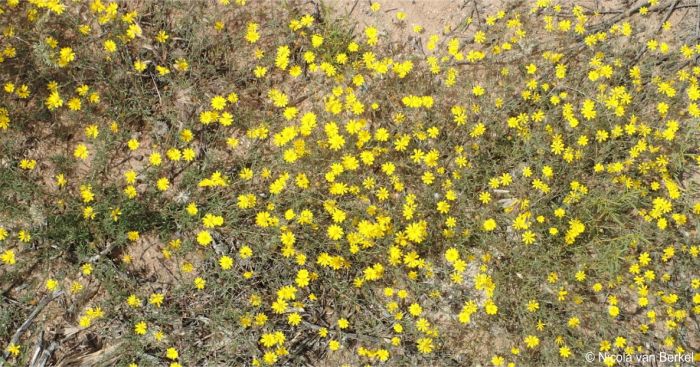
Growing Leysera tenella
Grow
Leysera tenella grows best in full sun with minimal semi-shaded spaces, in sandy to sandy-loam soils with good drainage. It is best reproduced from seeds.
The seeds can be collected in summer and planted in seed sowing trays in the nursery or directly to the ground in autumn. Even though seeds of Leysera gnaphalodes have been recorded to be successfully germinated in spring, L. tenella has shows successful recruitment after being sown in autumn directly in the soil during restoration work done at Tygerberg Nature Reserve in 2022. This species adapts easily in the wild and does not require a specialist horticultural knowledge to be reproduced from seeds. It is also not fussy about soil and one can use available varieties of seed sowing mixes, as long as they can provide good drainage and aeration to avoid suffocating germinated seeds with moisture. Soil mixes can even be made from home, containing sand and suitable organic growth media (well-composted compost, peat or fine bark). Ideally, the soil mixture should be fine and mixed in a ratio of 60% sand and 40% organic matter. Sow seeds on top of the germination mix and cover with a thin layer of fine soil particles. Immediately water the seed trays or the garden area where seeds are sown, using fine sprayer or mist sprayer to avoid washing off seeds, but allow them get attached to the soil surface. This species germinates and emerges successfully in full sun. Seeds will also germinate under light shade, which is best when grown in the nursery where the seedlings are transplanted into a sunny bed when they are large enough to handle. Water the seeds at average intervals, there is no need to water frequently but for best results, the grower should not allow the soil to dry out completely during the germination phase. Germination and emergence of seedlings may be observed from 2 to 3 weeks after sowing seeds.
There are no records of little tortoise-tea or its relative species being reproduced by cuttings in national botanical gardens and there is also limited information on how to propagate this species vegetatively. Though, standard propagation protocols to reproduce most herbaceous and semi-hardwood species may be followed to propagate the little tortoise-tea by cuttings. The grower should ensure that the mother plant used to collect cuttings from is healthy and still in active growth for the best chance of a successful outcome. Collect tip cuttings in the morning, in autumn. Select or mix a cuttings growth medium containing 70% washed river sand and 30% potting soil or a sifted compost and then plant the cuttings into a shallow germination tray to allow good drainage. Cuttings can be kept inside the controlled greenhouse at a warm temperature, or in the mist house with heated benches and intermittent mist.
Growing and cultivating the little tortoise-tea should be one of the easiest things about the plant, as it grows naturally easy and is also found to be adapting easily in different environments. It is very effective and decorative when mass planted in sunny, open spaces. Where this plant is grown in home gardens outside of its natural range, care should be taken to prevent it becoming a troublesome weed, because it seeds itself freely and widely, and germinates and establishes itself easily. Where the little tortoise-tea can be limited to a certain space in the garden, the plant can be effectively used as a pretty ornamental, to provide colour from its foliage and flowers.
References
- Bastiaan, J. 2023-Nov. Observation of Leysera tenella, Welgemoed Cape Town, WC. iNaturalist. Online. https://www.inaturalist.org/observations/192194002.
- Bohlmann, F. & Zdero, C. 1972. Leysseral-angelicat, a novel benzofuran derivative. Chemische berichte 105(8): 2534–2538. https://doi.org/10.1002/cber.19721050814.
- Busch, B. 2011. Leysera gnaphalodes (L.) L. (Asteraceae). PlantZAfrica. Online. https://pza.sanbi.org/leysera-gnaphalodes.
- Hoare, D. 2022-Sep. Observation of Leysera tenella, Namaqualand, NC. iNaturalist. Online. https://www.inaturalist.org/observations/134995236.
- Hulley, I.M., Sadgrove, N.J., Tilney, P.M. & Van Wyk, B.-E. 2019. The ethnobotany, leaf anatomy and major essential oil compounds of Leysera gnaphalodes (Asteraceae). South African Journal of Botany 127: 12–18.
- Koekemoer, M. n.d. Fact Sheet: Leysera tenella DC. https://keyserver.lucidcentral.org/key-server/data/04040f0a-0603-4405-880c-010703060006/media/Html/Leysera_tenella.htm. Accessed on 05/07/2024.
- Kyffhäuser. Leysera tenella DC. https://www.kyffhauser.co.za/Plants1/Leysera_tenella/Index.htm Accessed on 05/07/2024.
- Petruzzello, M. 2018. List of plants in the family Asteraceae. Encyclopedia Britannica. Online. https://www.britannica.com/topic/list-of-plants-in-the-family-Asteraceae-2040400. Accessed on 05/07/2024.
- Plants of the World Online. Leysera L. https://powo.science.kew.org/taxon/urn:lsid:ipni.org:names:329859-2. Accessed on 15/08/2024.
- Van Berkel, N. 2016-Oct. Observation of Leysera tenella, Springbok NC. iNaturalist. Online. https://www.inaturalist.org/observations/27752571.
Credits
Thabang Makola and Zizo Jezile
Karoo Desert National Botanical Garden
September 2024
Acknowledgements: images by David Hoare, Jessica Bastiaan and Nicola van Berkel from their observations posted on iNaturalist.
Plant Attributes:
Plant Type: Bi/Annual
SA Distribution: Eastern Cape, Free State, Northern Cape, Western Cape
Soil type: Sandy, Loam
Flowering season: Spring
PH: Acid, Neutral
Flower colour: Yellow
Aspect: Full Sun
Gardening skill: Easy
Special Features:
Horticultural zones
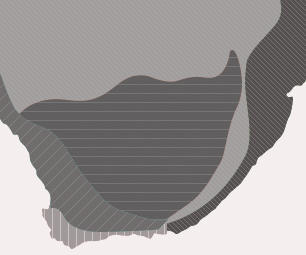







Rate this article
Article well written and informative
Rate this plant
Is this an interesting plant?
Login to add your Comment
Back to topNot registered yet? Click here to register.